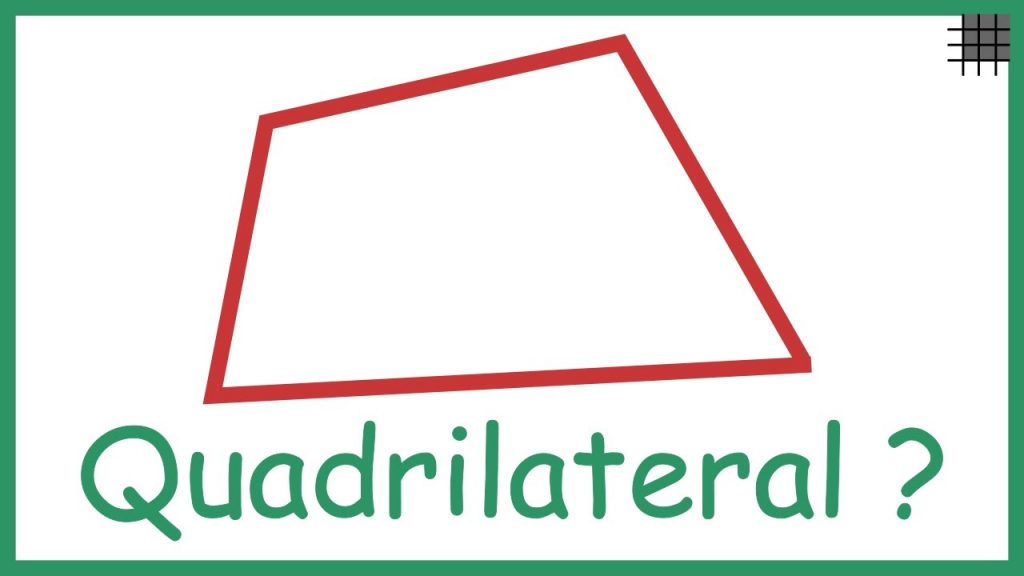In plane geometry, a quadrilateral is a polygon with four sides and four vertices. It is closed and two-dimensional in nature. All the quadrilaterals are of either convex or concave form and have two diagonals. Based on the form, it is classified into two types:
- Concave Quadrilateral
- Convex Quadrilateral
Concave Quadrilateral.
In a concave quadrilateral, at least one of the diagonal lies partially or entirely outside of the figure and the angles are greater than 180 degrees.
Convex Quadrilateral
In a convex quadrilateral, the diagonals lie within the figure and all the interior angles must be less than 180 degrees. Based on the characteristics and properties, the convex quadrilateral is classified into different types. Let us discuss in detail about the following types of quadrilaterals along with the formulas.
- Rectangle
- Square
- Parallelogram
- Rhombus
- Trapezium
- Kite
Rectangle
A rectangle is a special type of quadrilateral in which the opposite sides are parallel to each other. All the four interior angles of rectangles are right angles. The formula to
find the area of the rectangle is
A = length × breadth Square units
Square
A square is a two-dimensional closed quadrilateral in which all the four sides are equal and all the four interior angles equal to 90 degrees. A square is defined as a rectangle in which two adjacent sides are of equal length. In a square, all the four sides are parallel to each other, the area formula is given by,
A= Side2 Square units
Parallelogram
A parallelogram is a non-self intersecting quadrilateral consists of two parallel sides and the opposite angles are of equal measure. The adjacent angles of a parallelogram make a supplementary angle and the area of a parallelogram is given as
A = base × height Square units
Rhombus
A rhombus is a parallelogram with four equal sides and the opposite angles are of equal measure. It resembles in a diamond shape. The two interior angles of a rhombus are acute angles and the other two are an obtuse angle. The two diagonals of the rhombus bisect each other and the area of a rhombus is given as
A = (½) × p× q square units
Where
P and q are diagonals.
Trapezium
In trapezium, one pair of opposite sides are parallel to each other. It is also called as a trapezoid. The parallel sides are called base and the non-parallel sides are called legs. The two angles on the adjacent sides are supplementary and the area of trapezium formula is given as
A = (½) h (a+b) square units
Where
“a” and “b” are the bases and “h” is the height of the trapezoid.
Kite
A kite has four sides in which two pairs of adjacent sides are of the same measure and the formula is given as
A = (½) p×q square units
Where
“p” and “q” are diagonals.
To learn more maths-related concepts, subscribe to BYJU’S YouTube channel and explore more interesting videos.




